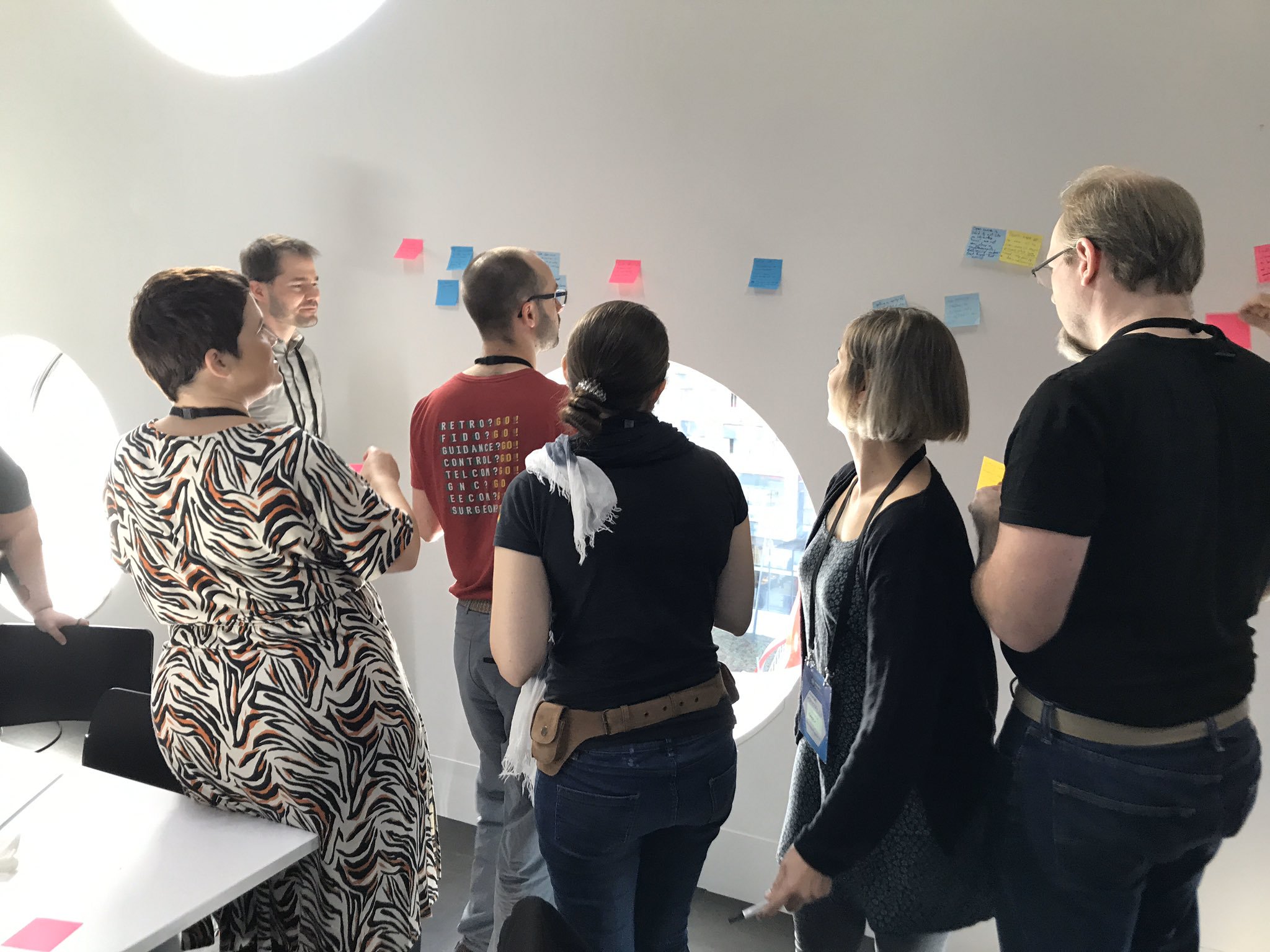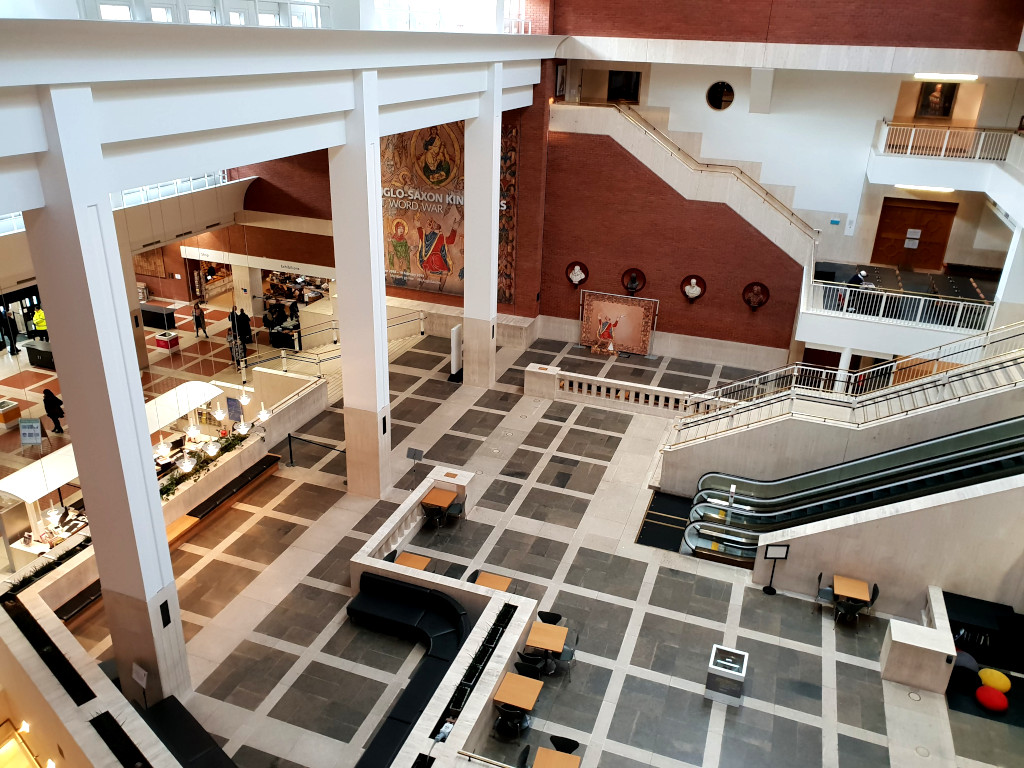IDCC20 reflections
I’m just back from IDCC20, so here are a few reflections on this year’s conference. You can find all the available slides and links to shared notes on the conference programme. There’s also a list of all the posters and an overview of the Unconference
Skills for curation of diverse datasets
Here in the UK and elsewhere, you’re unlikely to find many institutions claiming to apply a deep level of curation to every dataset/software package/etc deposited with them. There are so many different kinds of data and so few people in any one institution doing “curation” that it’s impossible to do this for everything. Absent the knowledge and skills required to fully evaluate an object the best that can be done is usually to make a sense check on the metadata and flag up with the depositor potential for high-level issues such as accidental disclosure of sensitive personal information.



